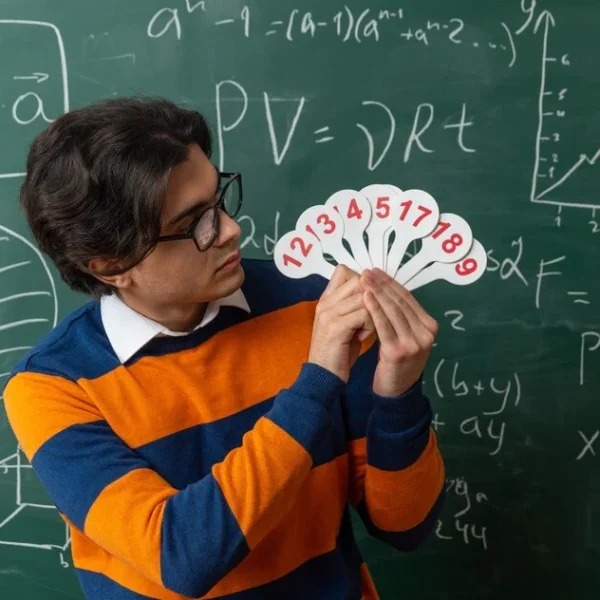
What Is Precalculus?
Precalculus is a mathematical course that serves as a bridge between algebra and calculus.
It is designed to prepare students for the concepts and challenges they will encounter in calculus, providing them with a solid foundation in various advanced mathematical topics.
Here’s an in-depth look at what precalculus encompasses and why it is essential.
Key Components of Precalculus
-
Functions:
- Types of Functions: Understanding different types of functions (linear, quadratic, polynomial, rational, exponential, logarithmic, and trigonometric) is crucial. Each function type has unique properties and behaviors.
- Function Operations: This includes addition, subtraction, multiplication, division, and composition of functions.
- Graphing: Students learn to graph various functions and interpret their graphs, which helps in visualizing and solving problems.
-
Trigonometry:
- Trigonometric Functions: These include sine, cosine, tangent, and their reciprocals (cosecant, secant, and cotangent).
- Trigonometric Identities: Fundamental identities like Pythagorean identities, angle sum and difference identities, double-angle, and half-angle formulas.
- Applications: Trigonometry is applied in solving triangles, modeling periodic phenomena, and in various fields like physics and engineering.
-
Complex Numbers:
- Definition and Operations: Understanding the imaginary unit iii, and performing arithmetic operations with complex numbers.
- Polar Form and De Moivre’s Theorem: These are used for simplifying the multiplication and division of complex numbers and for finding powers and roots of complex numbers.
-
Polynomials and Rational Functions:
- Polynomial Division: Techniques like synthetic division.
- Roots and Zeros: Finding the roots of polynomial equations using the Rational Root Theorem and the Fundamental Theorem of Algebra.
- Behavior of Rational Functions: Asymptotes, discontinuities, and graphing rational functions.
-
Exponential and Logarithmic Functions:
- Properties and Graphs: Understanding their properties, transformations, and how to solve equations involving exponential and logarithmic functions.
- Applications: These functions model real-world situations such as population growth and radioactive decay.
-
Sequences and Series:
- Arithmetic and Geometric Sequences: Understanding the formulas for the nth term and the sum of these sequences.
- Infinite Series: Introduction to concepts like convergence and divergence.
-
Analytic Geometry:
- Conic Sections: The study of parabolas, ellipses, and hyperbolas, including their equations and properties.
- Parametric Equations and Polar Coordinates: Representing curves parametrically and understanding polar coordinates.
Read More: Precalculus Vs Calculus
Importance of Precalculus
Precalculus is vital because it:
- Prepares for Calculus: The course covers many foundational concepts that are essential for success in calculus. Without a strong grasp of precalculus, students may struggle with the more advanced topics in calculus.
- Enhances Problem-Solving Skills: The diverse topics in precalculus require students to think critically and develop problem-solving strategies.
- Applicable in Real Life: Many of the concepts learned in precalculus have practical applications in fields such as engineering, physics, economics, and statistics.
Conclusion
Precalculus is more than just a preparatory course for calculus. It’s a comprehensive subject that enhances a student’s mathematical understanding and problem-solving abilities.
Mastering precalculus is crucial for students planning to advance in mathematics, science, engineering, and many other fields.
Whether it’s understanding the behavior of functions, solving complex equations, or applying trigonometric identities, precalculus provides the tools and knowledge necessary for academic and professional success.
